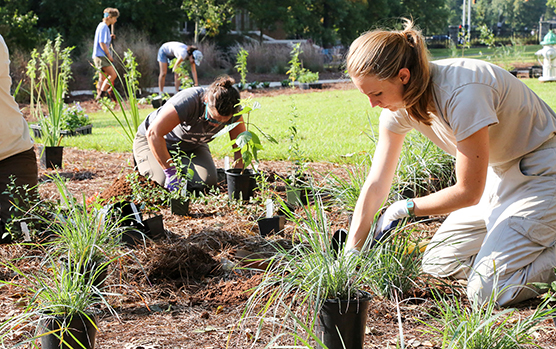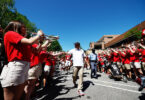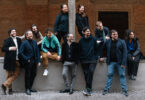A garden of native Georgia plants installed on South Campus by the State Botanical Garden of Georgia will offer students a place to observe and study plant and insect interactions to better understand the role plants play in maintaining biodiversity.
The garden, located on D.W. Brooks Mall close to the Odum School of Ecology, the Warnell School of Forestry and Natural Resources and the plant sciences department, is part of the State Botanical Garden’s Connect to Protect program, which encourages businesses, civic organizations and homeowners to support pollinator communities by using native species in their gardens and plant displays.
“We wanted to create a space that inspires our community to think about the way that our landscape can function and look,” said Lauren Muller, a graduate student in the College of Agricultural and Environmental Sciences who has been working with UGA faculty and staff at the botanical garden.
The plants chosen for the site are those that would do well in the moist soil conditions along D.W. Brooks Mall, said Heather Alley, a UGA conservation horticulturist at the botanical garden. Among them are buttonbush, which attracts bees, butterflies and sphinx moths; Georgia aster, which attracts bees; swamp milkweed, which attracts monarch butterflies; and scarlet hibiscus, which attracts hummingbirds. The plants were cultivated at the Mimsie Lanier Center for Native Plant Studies at the State Botanical Garden, a UGA Public Service and Outreach unit.
Muller already is using the South Campus garden as an outdoor classroom for the undergraduates she helps teach about medicinal plants. She also takes time in these lectures to discuss Connect to Protect as a public service and outreach program that encourages people to think about the potential ecological function of the landscape.
“Our hope is that we will be able to install interpretive signage at the garden,” Muller said. “This could be a place where entomology, ecology, plant biology and horticulture students could observe plant-insect interactions in an urban landscape setting.”







